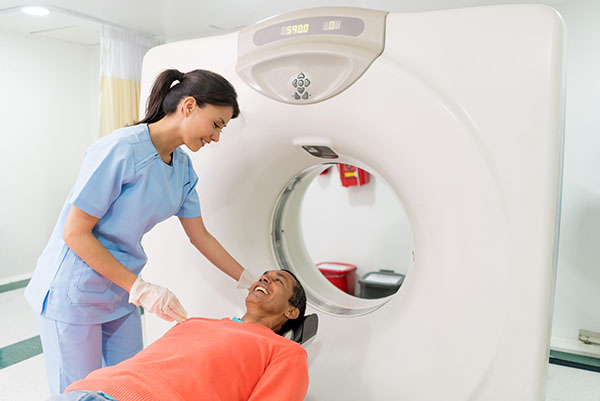Understanding its purpose
 Most of us would be surprised to learn that lung cancer is the second-most-common type of cancer and the leading cause of death among all cancers in the U.S. According to the Centers for Disease Control and Prevention, an estimated 197,000 people in the United States will be diagnosed with lung cancer this year.
Most of us would be surprised to learn that lung cancer is the second-most-common type of cancer and the leading cause of death among all cancers in the U.S. According to the Centers for Disease Control and Prevention, an estimated 197,000 people in the United States will be diagnosed with lung cancer this year.
November is Lung Cancer Awareness Month and Smoking Cessation Month. Neel Trivedi, MD, medical director of the Nazareth Hospital Cancer Program, offers insight about this silent disease.
Some of the most common symptoms of lung cancer include cough, chest pain, shortness of breath, coughing up blood, weight loss and fatigue.
“Some smokers may notice a change in their cough if they already have a preexisting cough,” says Dr. Trivedi, who specializes in medical oncology and hematology.
Often, symptoms of lung cancer will develop as the disease progresses into more advanced stages. Many lung cancer patients are asymptomatic, and the disease does not solely impact smokers. Nonsmokers are at risk too, making it even more important to take new symptoms seriously.
When detected in its earliest stages, patients have more treatment options for lung cancer and a greater chance of survival. The U.S. Preventative Task Force recommends that adults between the ages of 50 and 80 who have a 20 pack-year smoking history schedule a yearly lung screening.
Many lung cancer patients are asymptomatic, and the disease does not solely impact smokers. Nonsmokers are at risk too, making it even more important to take new symptoms seriously.
However, “anyone who is a current or former smoker should first discuss if they are a lung screening candidate with their primary care provider,” Dr. Trivedi says. A pack year is calculated by multiplying the number of packs smoked per day by the number of years smoking.
Low-dose computed tomography (LDCT) is the most common type of diagnostic test used to screen for lung cancer. During the test, a doughnut-shaped machine takes X-rays of the lungs as the patient lies still on a flat table. The test is painless, takes approximately 30 minutes and is not claustrophobic.
The best thing patients can do to reduce their risk of lung cancer is to quit smoking. A healthy, balanced diet and regular exercise may reduce the risk of cancer in general.
If a screening exam finds a potential lung cancer, the patient will need additional tests including a biopsy to confirm the diagnosis and help determine if the cancer is localized or has spread outside the lungs.
“Treatment is based on the patient’s stage and the tumor’s characteristics,” Dr. Trivedi says. “Options can include surgery, radiation, chemotherapy, immunotherapy, targeted agents or a combination of these treatments.”
Learn more about oncology services at Nazareth Hospital, or request an appointment with Neel Trivedi, MD, medical oncologist and hematologist. To schedule a lung cancer screening at Nazareth Hospital, please call 215.624.8138.
